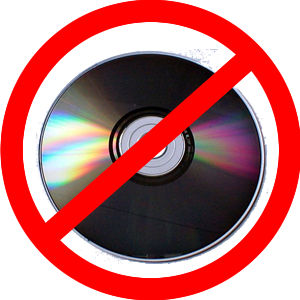Learning Unknown Works
Students usually learn pieces that they heard before–that is many times the reason why they want to play them. Even if they never heard the piece they are about to learn, they can easily access recordings or videos of it. And they do it! Therefore, being acquainted with a piece before or while studying it has become the most common learning scenario. However, this should not be so; students should regularly learn pieces they never heard before, the music score being their only source.
Having heard a piece saves us time when learning it. The piece is stored in our aural memory, which greatly facilitates developing the other memories. However, this shortcut comes at a cost, for we tend to not pay as much attention to reading the right notes, measuring the exact rhythms, obeying the composer’s markings, deciding on phrasing, articulation, etc. We continuously compare what we are playing with our preconceived aural picture of the piece, instead of figuring it out from the score itself. Moreover, sometimes the reading process becomes rather a predicting process, in which our ears direct our fingers, bypassing any real reading and/or analysis of the score.
When such a learning process is the norm, recordings become a necessary crutch. An all too common trait among guitarists is that the time needed to learn an unknown piece is dramatically more than that needed for a similar piece already known. Another one is that many guitarists can deliver proficient interpretations of traditional repertory, but not-so-great interpretations of unknown pieces, as is the case with newly-commissioned set-pieces in guitar competitions. These are clear signs that learning from recordings has been the norm during their formation.
On the other hand, unknown scores force students to look at every aspect of the music on their own. Although more burdensome, this is a much more fruitful process. Granted that students might not be able to “solve” all the technical and musical aspects–at least in the best way–, attempting to do so constitutes an irreplaceable learning experience for them.
Perhaps the biggest risk of learning familiar pieces is that students will almost certainly end up emulating the performances they heard. This not only accounts for a sort of interpretative plagiarism, but it is also hard to overcome. Once the mind decides that it likes a certain interpretation, it is hard to convince it to change. From my own personal experience and that of many students, not only we run the risk of copying mannerisms and mistakes from other interpretations, sometimes we hold to them because we like them better than what the score actually asks for.
Recordings or videos of contemporary repertoire are generally not so plentiful, so I use this opportunity to foster it. When dealing with traditional repertoire, we should ask our students to try not to listen to other versions–a tough self-discipline task in a time when virtually any recording lies only a few clicks away.
The importance of learning unknown pieces might be ignored or underplayed by students, but cannot be overlooked by professionals, or by teachers who aim to educate not only guitarists, but musicians in the broadest sense.



